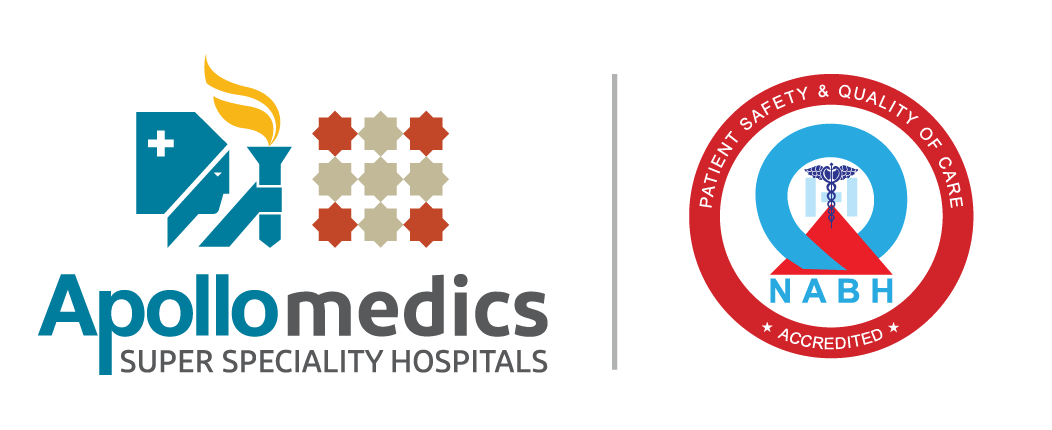Institute of Stroke Management
Brain stroke is also known as a brain attack. It’s of 2 types: ischemic stroke and Hemorrhagic stroke. Ischemic stroke occurs when the blood supply to a part of the brain is stopped or interrupted due to which the brain cells start to die because of lack of oxygen and required nutrients. Hemorrhagic stroke occurs when an artery inside the brain bursts and starts to bleed.
Aneurysm may lead to a brain stroke which involves a swelling (balloon-type structure form) in the artery inside the brain which supplies blood.
A brain stroke is a medical emergency (highly critical situation) which requires immediate action and multi-speciality treatment to save the damage of the brain and related complications.
The good news is that the number of people who die of stroke is reducing every year due to the availability of effective treatment and awareness in people towards taking immediate action on these cases.
Stroke Helpline: +91-8429029838
Symptoms
If you or someone near the place starts to show symptoms of stroke, pay attention and call the ambulance (1800 419 1066) as soon as possible. Symptoms include:
- Difficulty in speaking or slurring of speech and understanding
- Weakness in arm, face or legs
- Blurred or blackened vision from one or both eyes
- Sudden severe headache
- Difficulty in walking
Cause
A stroke may happen due to a blocked artery or busting of a vein inside the brain.
Factors Responsible for Stroke
Listed reasons can increase the risk of brain stroke due to lifestyle
- Smoking
- Heavy alcohol consumption
- High blood pressure
- High cholesterol
- High cholesterol
- Sedentary lifestyle
- Being obese (overweight)
- Stressful lifestyle
- Illegal drug consumption – cocaine and methamphetamine
- Family history of stroke
- Diabetes
- Cardiovascular diseases
- Obstructive sleep apnea
Prevention
Keeping your health maintained and implementing the below-mentioned in your life
- Control blood pressure
- Quit smoking
- Avoid illegal drugs
- Quit alcohol
- Quit tobacco use
- Control diabetes
- Exercise regularly
Diagnosis
For giving a proper treatment to a brain stroke patient, a doctor needs to know the area and kind of stroke the patient had. For that assessment, a doctor needs to perform a few tests to decide a procedure to follow.
- Cerebral angiogram
- MRI
- CT Scan
- Echocardiogram
Treatment
Treatment of stroke depends upon the type and area of stroke. Hemorrhagic brain stroke is the most common brain stroke which involves internal bleeding in your brain. Ischemic brain stroke involves blocking an artery in your brain which stops blood flow. The team of doctors decides for the treatment option.
It is often an emergency procedure and full recovery can only be expected if the patient is treated within the initial 4-6 hours.
Different types of stroke are treated differently, for example:
For Ischemic Stroke:
- IVrTPA infusion – which is done by a neurologist.
- Intra-arterial thrombectomy also known as mechanical thrombectomy – is done by an interventional radiologist.
For Hemorrhagic Stroke:
- Angiography
- Hematoma
- Coiling or clipping
WHY CHOOSE APOLLOMEDICS
Apollomedics provides a multi-speciality treatment to brain stroke patients with a dedicated Neuro Intensive Care Unit. We have a few strict protocols to provide the fastest emergency services to stroke patients for protecting the damage of the brain.
We have the Most Advanced Bi-Cath Lab in the region, ACLS Ambulance and performed more than 110 cases in the last 3 months and saved lives.

Dr. Rajendra V. Phadke

Dr. Arpit Taunk




